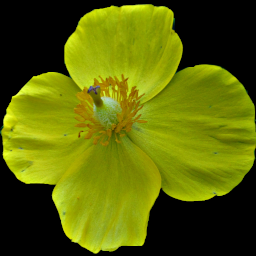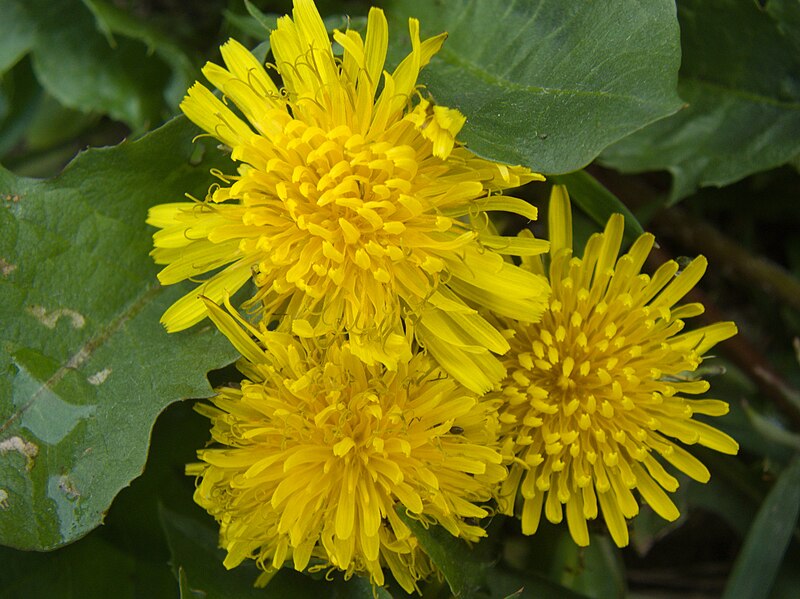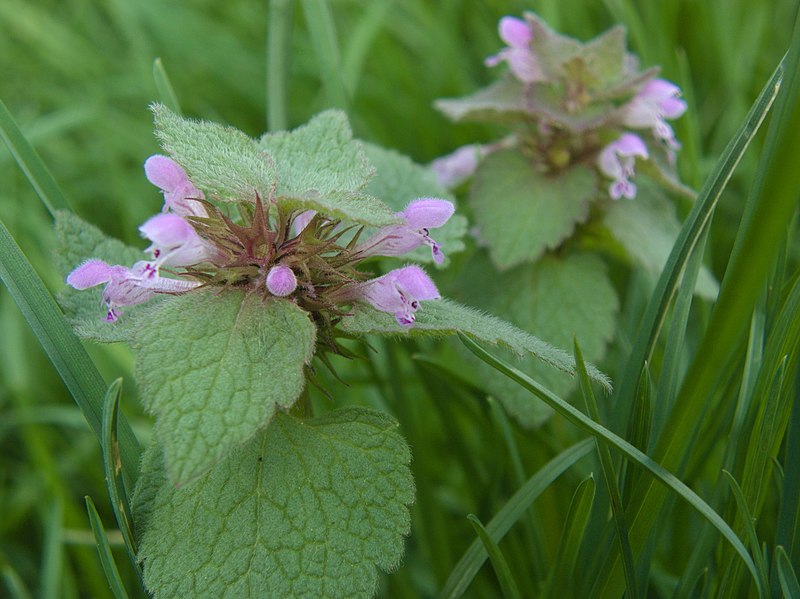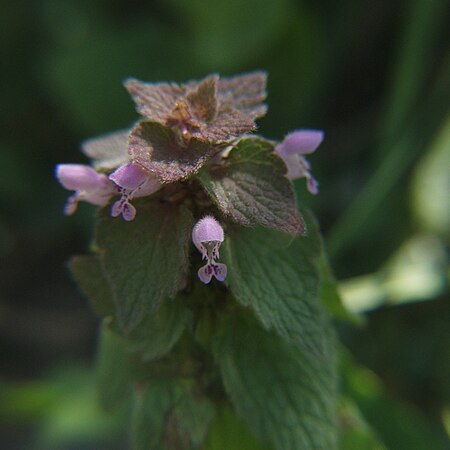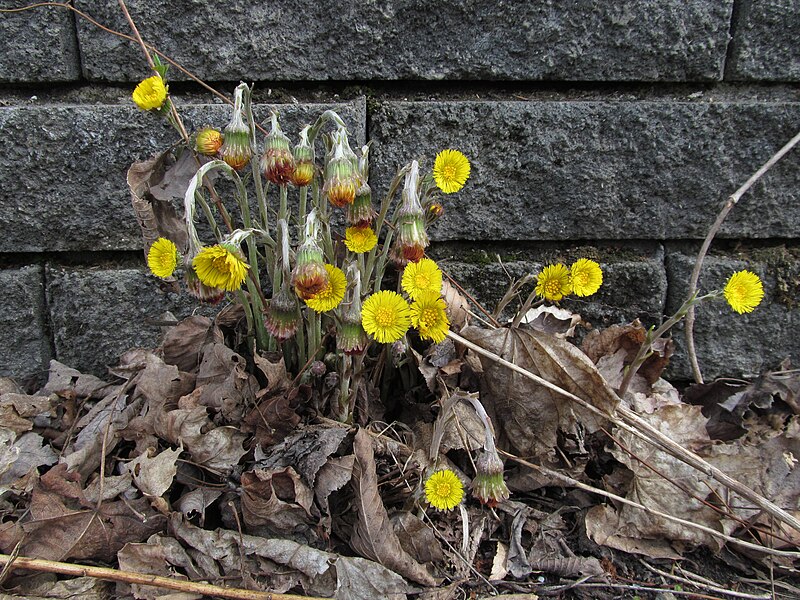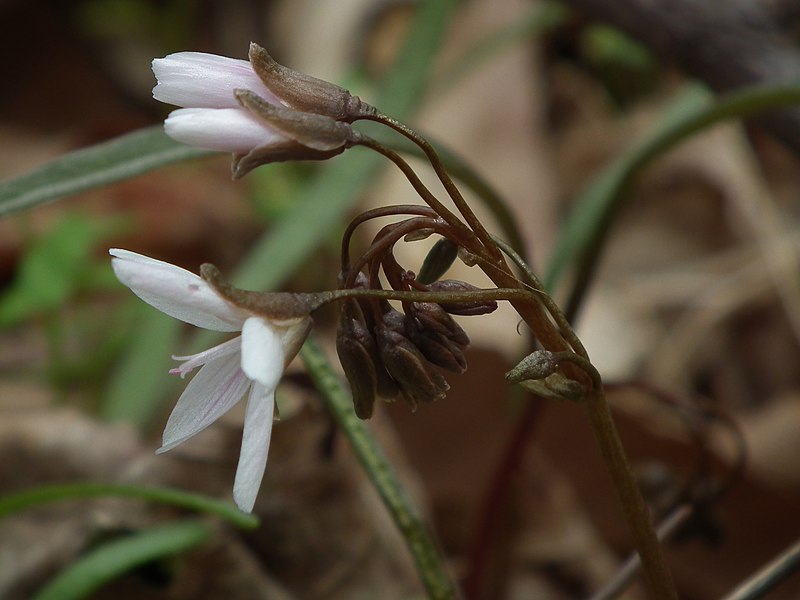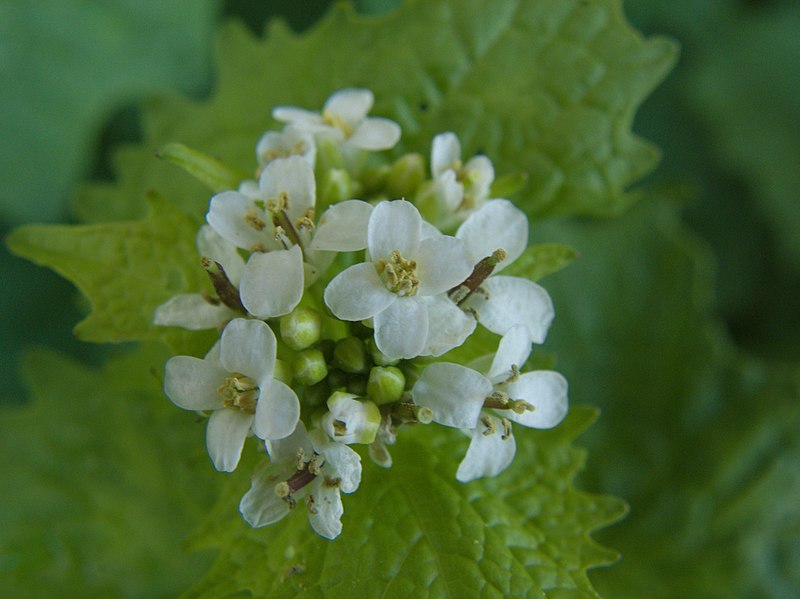
A flavorful vegetable that came to our country because of its utility and found it liked its new home, Garlic Mustard can be a nuisance in the spring woods. It also grows in urban yards, as it did here in Beechview, where these pictures were taken April 16.

For a fuller description, see the Alliaria petiolata reference page.

